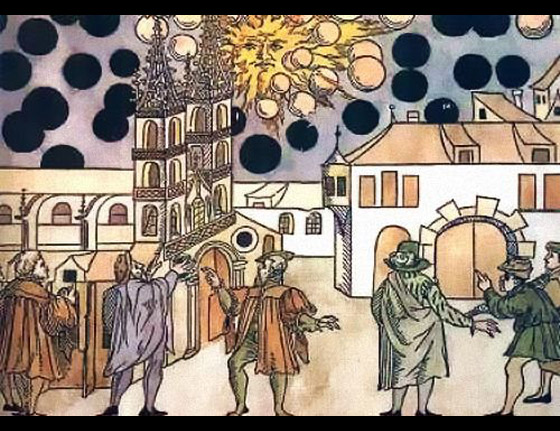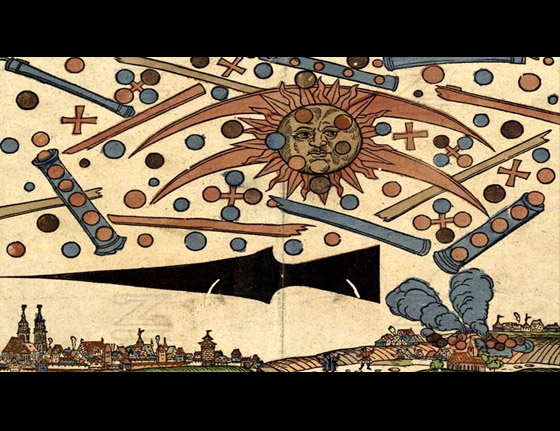Ep 22: The Fermi Paradox
Podcast:
Photo Gallery:






Background:
While having lunch near the Los Alamos National Laboratory one day with the likes of Edward Teller, “father of the nuclear bomb,” Nobel Prize winning physicist Enrico Fermi wondered out loud (after the topic of recent UFO sightings came up) “Where is everybody?” Basically what he meant was, if the universe is so seemingly infinite and old, and it’s mathematically probable that other star systems have developed intelligent life like ours has, and it’s also theoretically possible that an alien civilization with tens or even hundreds of thousands of years of technological advancement could have made it to our galaxy by now, even with sub-lightspeed travel, why haven’t we seen any aliens yet? Tonight, in one of our more conversational shows, we take a broad look at the paradox that bears his name. By the way, supposed UFO sightings are commonly reported around atomic activities.
Tonight’s Quote:
“It is surely unreasonable to credit that only one small star in the immensity of the universe is capable of developing and supporting intelligent life. But we shall not get to them and they will not come to us.” ― P.D. James, The Children of Men
Kurzgezagt Fermi Paradox Video
Show Links:
In a Nutshell – Kurzgesagt's YouTube video on "The Fermi Paradox"
Song: Frank Black - "Parry the Wind High, Low" (WARNING - F Bomb!)
The TED Blog: "Peering Into Space" The TED Radio Hour featuring Jill Tarter and Brian Greene
Space Travel in Ancient Art (Site is in German so visit with a browser that does translation.)
"Why Aren't The Aliens Here Already?" - an article by Adam Frank on NPR's 13.7 blog
Former Lockheed "Skunkworks" director Ben Rich and some interesting confessions
Seth Shostak's Piece in the NY Times about Contacting Other Civilizations
A PDF document of "Where Is Everybody?" An Account of Fermi's Question by Eric M. Jones
Credits:
Episode 022 – ‘The Fermi Paradox’ Produced by Scott Philbrook & Forrest Burgess; Ryan McCullough Sound Design. Copyright Scott Philbrook & Forrest Burgess 2015, All Rights Reserved.
Photos:
1) Physicist Enrico Fermi; 2) Astronomer and astrophysicist Frank Drake; 3) The Lockheed SR-71 “Blackbird,” a top-secret, Mach 3+ strategic reconnaissance aircraft, developed at Lockheed’s “Skunkworks” division, under the direction of Clarence “Kelly” Johnson; 4) A Tardigrade, which is a “micro-animal” with 8 legs, also known as a “waterbear” or “moss piglet.” First discovered by the German pastor Johann August Ephraim Goeze in 1773. The name Tardigrada (meaning “slow stepper”) was given three years later by the Italian biologist Lazzaro Spallanzani; 5) Image from a woodcut engraving and text by Hans Glaser, printed in a broadsheet news article in 1561. It depicts what was seen in the skies around dawn on April 14, 1561 by the townsfolk of Nuremberg, Germany, which they described as an aerial battle. It is presently described as a “celestial phenomenon” or by some as possibly a “UFO battle”; 6) Colored woodprint by Samuel Coccius, Basel, Switzerland, (1566) depicting another “celestial phenomenon” over Basel in 1566, or what some currently theorize was another “UFO battle.”
